Games, like movies and TV shows, have a rating system. In the UK it is PEGI (Pan European Game Information). But it is not the best to help parents understand what their kids are playing. In this post I’ll go through what the rating symbols mean and give you a couple of alternative sources.
PEGI is a 2 level ratings system, the first being an age category – 3, 7, 12, 16 and 18, and the second being a descriptor – bad language, discrimination, drugs, fear, gambling, sex, violence. Shops are not allowed to sell 12, 16 or 18 games to those who are under age much the same as with movies. However It is very clear to me that many parents don;t realise that the games they are buying are anything more than things for children (GTA 5 I’m looking at you, so many children play this game – do parents realise there is a torture scene where you have to play minigames where you are waterboarding, electrocuting and tearing teeth out? or that you can walk into a lap dance club and have a first person view of a lap dance by realistically modelled women who you can then take out and have sex with?!)
Part of the issue I feel is that the PEGI rating system is quite opaque, it gives the ratings but doesn’t really explain what the games contain outside of vague descriptors. First I’ll go through what they are then I’ll show you where best to find better information.

Suitable for all ages. There may be some violence in context (think looney tunes), The character must be completely unrealistic and fantastical so children cannot associate them with reality. There won’t be any scary pictures or themes and definitely no bad language.

The same as age rating 3 but with the chance of frightening scenes or sounds.
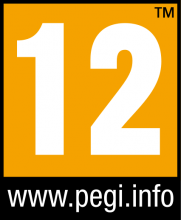
Games which will contain slightly more violence towards fantasy characters and/or non-graphic violence towards human looking characters or recognisable animals. Slightly more graphic nudity would be present in here (skimpier outfits on characters for instance). Any bad language present will be mild and not of a sexual nature.

This is applied when violence matches what could be seen in real life. More extreme language can be present. Tobacco use and drugs may be present in the game world and criminal acts can be incorporated in the gameplay.

This is applied for games which demonstrate gross violence or shows examples of particular types of violence. They may also include graphic nudity and sex references and have no limits on language.
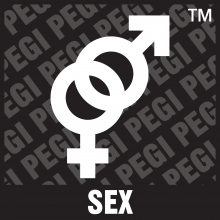
Game depicts nudity and/or sexual behaviour and makes sexual references

Game encourages or teaches gambling

Game depicts drug use
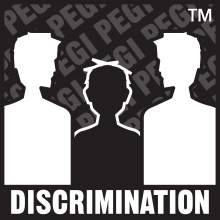
Game contains depictions of, or includes materials which may encourage, discrimination

Games contain violence. 3 and 7 ratings can only have ‘cartoon’ non-detailed violence depicted, 12 can have violence in a fantasy context with 16/18 having increasingly realistic violence.

This category is solely for 7 rated games – it shows there may be scenes a child can find frightening
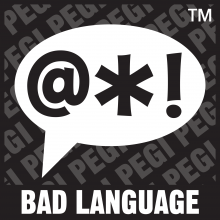
Contains swearing
That’s what they all mean, but they are very clear cut and don’t really explain what the game is about, where you may find the language or nudity, what level it is to etc. This is why many games which are rated 16 are often actually more suitable for 13 year olds. Also another factor that is included but they don’t yet have a symbol for is online multiplayer – they tie that into bad language because what people say on the internet cannot be controlled so often games give themselves a higher rating to defend against that.
There are much better classification tools out there for you to use. The Entertainment Software Rating Board (ESRB) is the american system – you may have seen them on trailers on YouTube, ‘Rated T for Teen’. They have a different system from ages to show that it is more flexible and at the parent’s judgement:

Not only that but if you go on their website and type a game’s name in it it will give you the reasoning for their decision in an easy to read manner, considerably better than PEGI as you can see here:


There’s a marked difference! The other place that I highly recommend looking at is Common Sense Media this is a website designed for parents to help them decide if the things their child are playing/watching are suitable, and it also gives suggestions of alternatives from the big name, inappropriate games that children so often want.
I hope that this has helped you wrap your head around the ratings and gives you some more resources to use when trying to determine if your child should really be playing that game at Billy’s house!
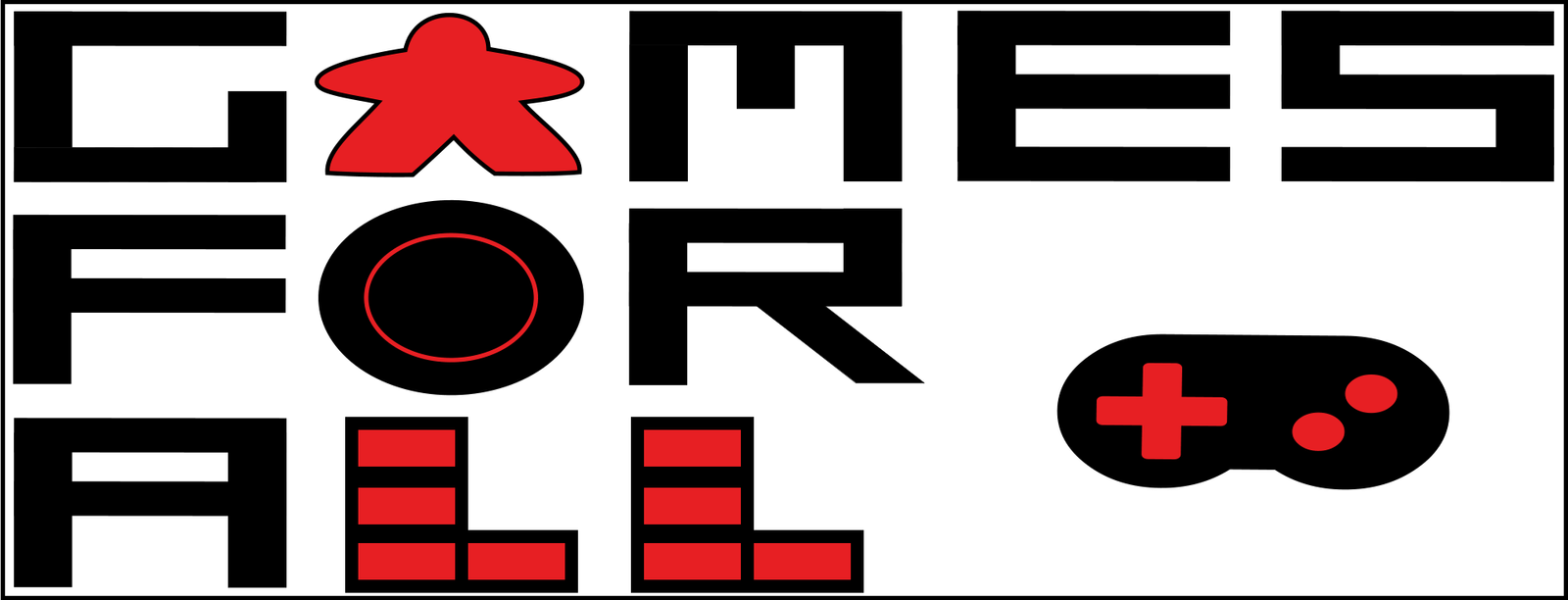
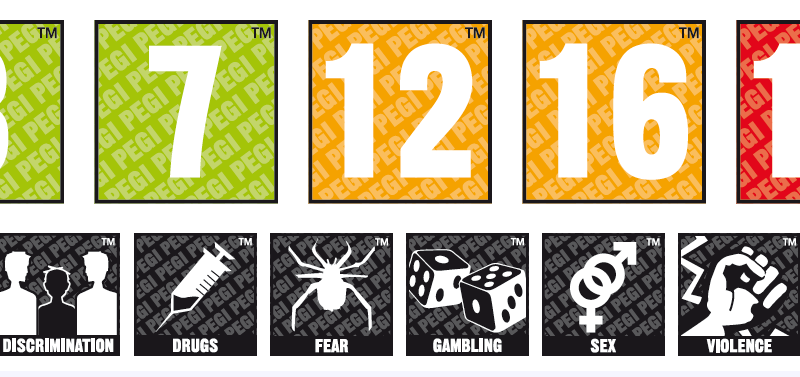
Most games I’ve seen which play online say online content is not rated. So that would mean online games don’t need to include bad language on the box even if they know online players will use it.
That’s true, though the ratings system is so opaque you never know exactly what has led to the decisions!